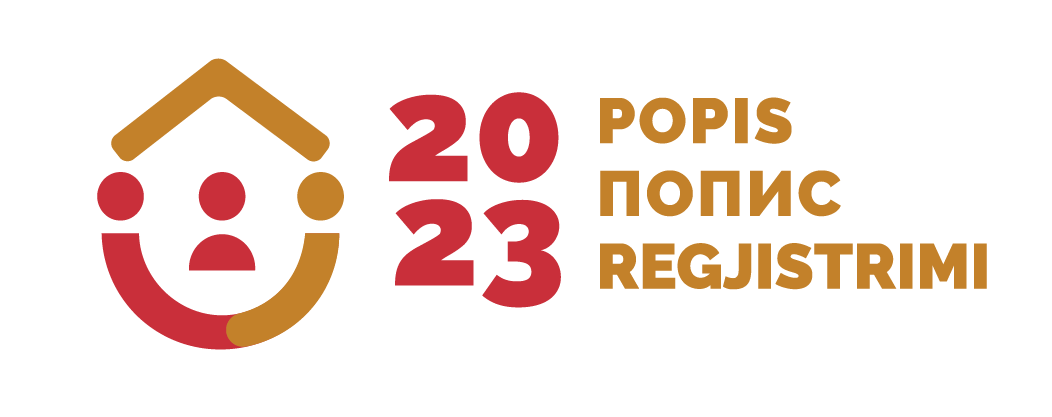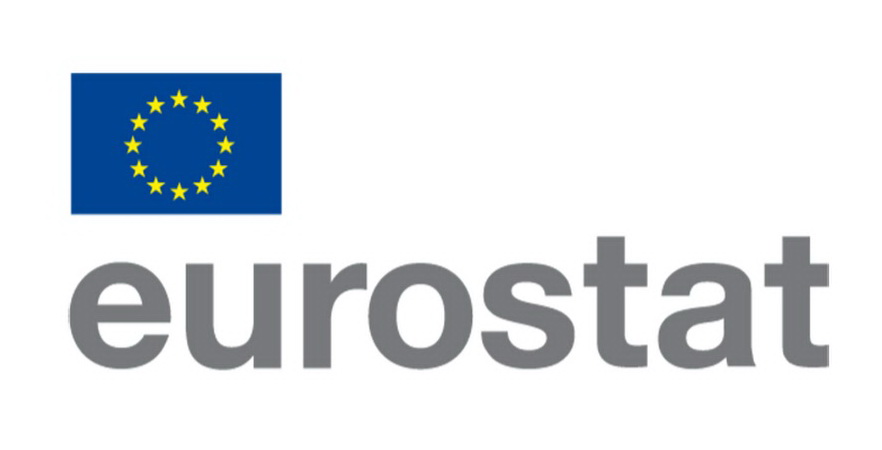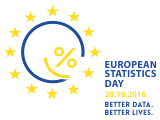Statistic of the prices measures price trends in key markets, products and services in the local economy.
Price indices show the relative change in price level in time dimension. Indices represent a suitable instrument for measuring price changes, reflecting the ratio of prices in the reporting period compared to the previous or the base period.
Price indices are usually calculated in a very short time interval (monthly, quarterly) and are thus a key short-term indicators. To the public they serve as a measure of overall price changes. In addition, they are used for macroeconomic analysis and the basis for many decisions concerning economic policy.
Price changes are measured in different phases of the economic process. In the production, distribution and consumption. So, for example, in the production phase of price changes are measured through the index of producer prices, the phase distribution over the index of import and export prices, in the process of spending over the Consumer Price Index.
Statistical Office of Montenegro calculated: index of producer prices, consumer price index, import price index and the index of export prices.
Why there is no single price index that would measure the change in price in all markets in the local economy?
Unique price index would not give a picture of price changes in different phases of the economic process.
Together all the indices mentioned above are a system that allows you to track price movements in different markets, but what is most important and allow conclusions on changes of prices in the economy as a whole. The fact that the products and services in the individual phases are the subject of economic value added means that the individual price indices have never been independent but rather interdependent. This fact is important because it provides information, for example, whether and to what extent the increase in raw material prices affect consumer prices.







